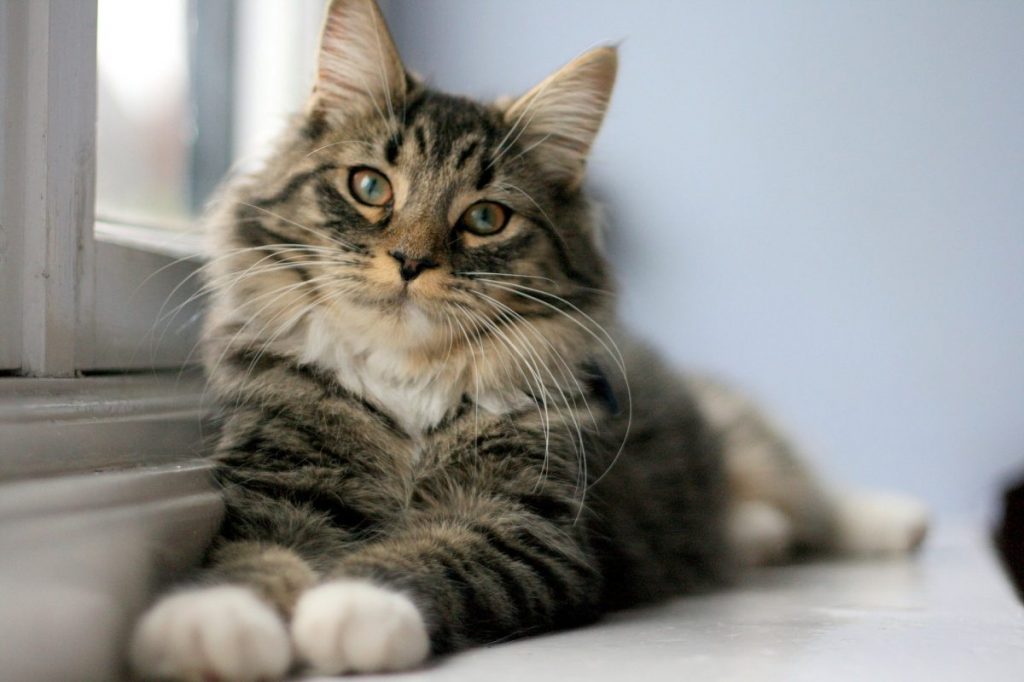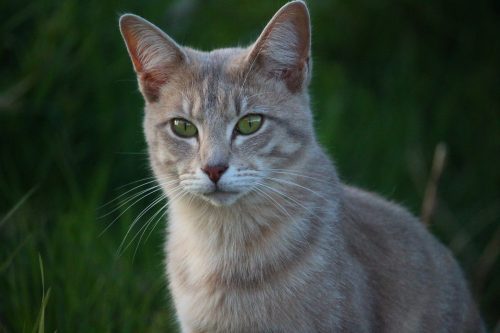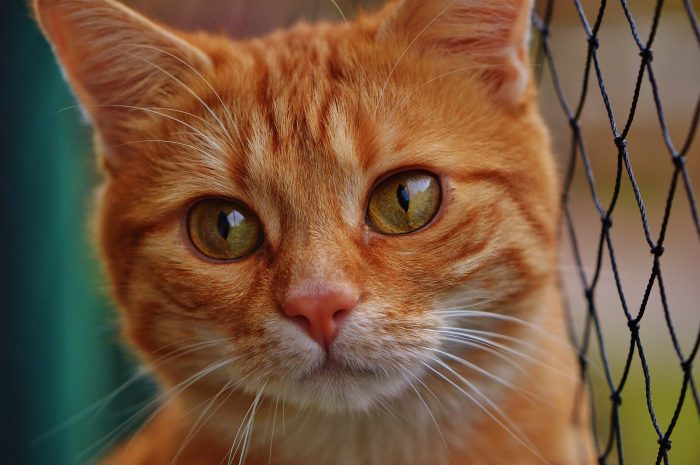If your cat’s bad breath has finally gotten out of hand, you’re probably here to find out how to get rid of it! Here are some of the possible problems that cause bad breath in your cat, and ways you can potentially fix them.
First and foremost, be sure that you are using cat-friendly products that are good for their bodies. Many easily make the mistake of using products that aren’t catered exactly toward their pets, so this would be a quick and easy fix without looking into treatment too much. If you’re using all vet-approved products, read on to find out why your cat might have bad breath.
Hygiene Habits
Bad breath can usually be fixed easily in milder cases, often due to bacteria or food build up in your cat’s mouth. A lack of regular, proper oral hygiene may cause plaque or tartar buildup in between teeth and around the gums. This means getting in those nooks and crannies, or just maintaining a routine brushing regimen can help your pet keep up good hygiene habits. Be sure to use cat toothpaste and not human toothpaste – there are two different kinds for two different species.
Some cat breeds are especially prone to this buildup, which means that grooming frequency is something you should take into consideration when choosing to take that responsibility. As a rule of thumb, your cat’s teeth should be brushed daily.
If this doesn’t immediately help, there are also treats and chew toys available that are intended to remove this plaque and tartar buildup in pets. Another commonly used tip is to use a water additive when brushing your cat’s teeth, which is designed specifically for your pet and recommended by several veterinarians.
More serious cases could mean dental or gum disease, which could be accompanied by brown stains on the tooth surfaces, as well as inflamed red or swollen gums. This will require veterinarian attention to ensure that your pet receives the right treatment.
Hydration and Diet
Often underestimated are the types of food and amount of water your cat consumes daily. Raw or canned foods are typically proponents of bad breath for cats. However, dry food can reduce tartar buildup if incorporated regularly into the cat’s diet. Sometimes, a simple switch to a new cat food brand can make all the difference. Be sure to research types of foods that your particular cat would be partial to, as well as ones that have worked well to keep cats of the same breed healthy.
Your cat should also be drinking water frequently. Sometimes, dehydration can leave dry wells in the mouth, causing your pet’s breath to become stale. Make sure to fill up that tray and gauge how much water your cat is drinking per day. In addition to his food, cats will usually drink 2-4 ounces of fresh water. If dry food is put into the mix of your cat’s diet, they’ll need a lot more water since most hydration won’t be coming from food.
Diabetes
Breath that might smell particularly sweet or fruity among funny odors could be a sign of feline diabetes. However, there are likely to be other symptoms of diabetes if this is the case. This may include increased thirst and urination, changes in appetite, weight loss, weakness and depression, or vomiting.
Kidney or Liver Issues
More serious diseases are less likely, but plausible if your cat also adheres to a number of other abnormal behaviors. Kidney disease could make your cat’s breath smell slightly of urine. This is caused by dehydration, and is often accompanied by a dull coat and undeniable lethargy. If you haven’t already talked to a veterinarian, you should do so immediately. Kidney diseases in felines are often fatal.
Foul breath odors that are correlated to vomiting, a lack of appetite, and yellowish gums or eyes might mean that your pet has a liver problem. Because the liver is the largest internal organ of the body, responsible for many functional and detoxification purposes, hepatic disease is an extremely serious case in which it is damaged. Talk to a specialist immediately if these symptoms arise, or if urine additionally appears particularly dark or clear.






